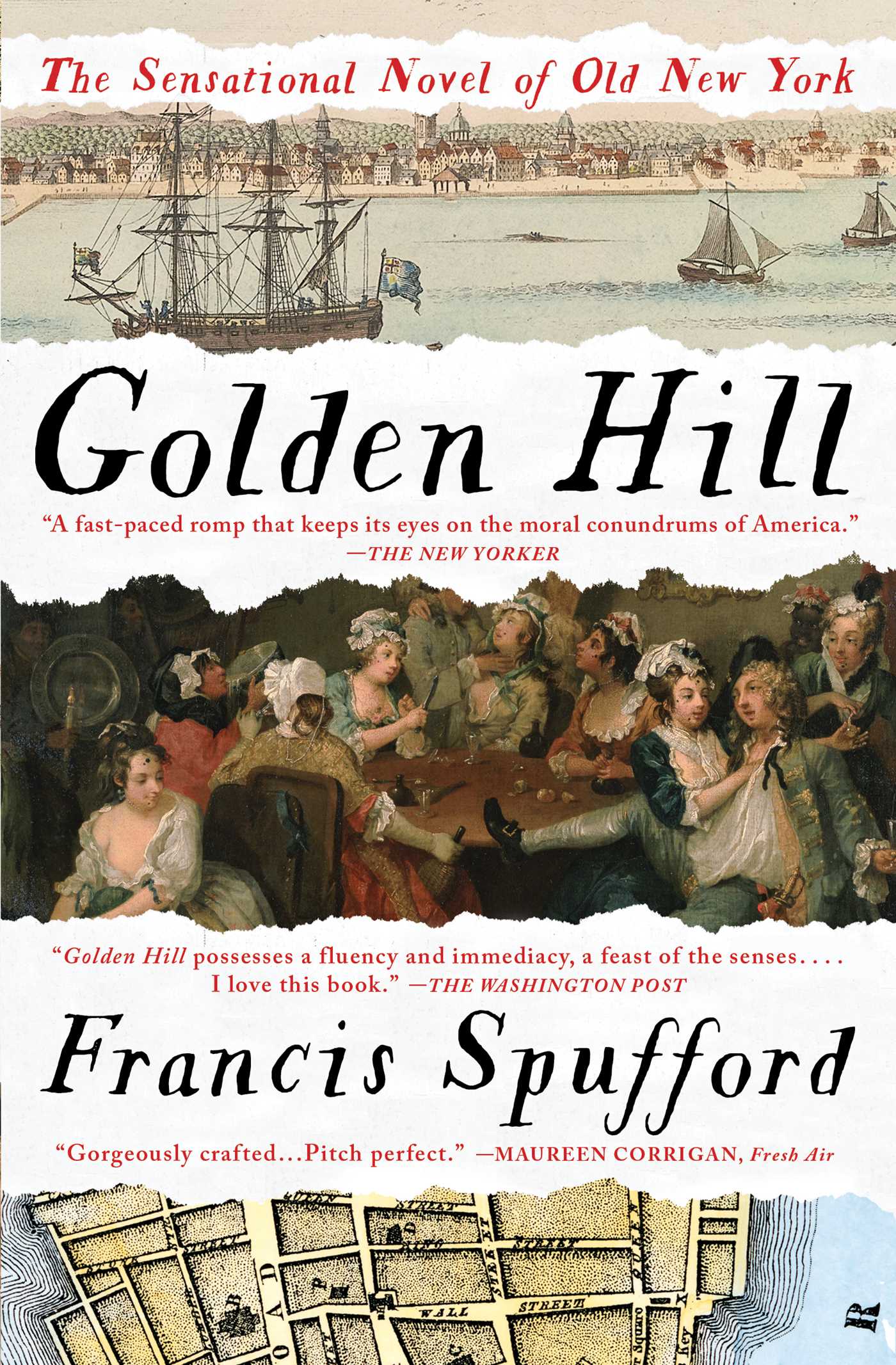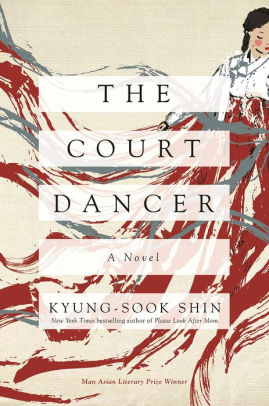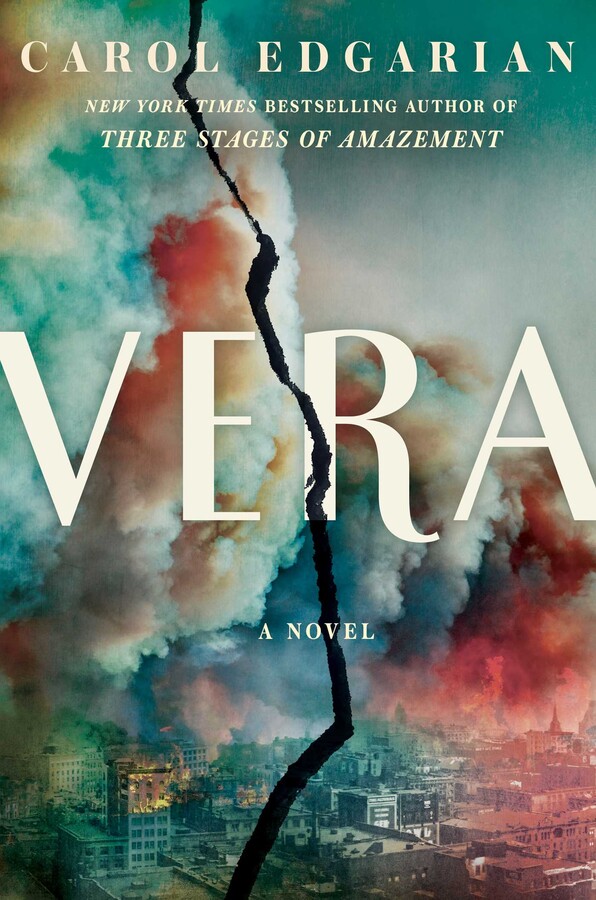Talking with other bookworms is our favorite way to discover new books we might not yet know about. Even within the historical fiction genre, there’s such a range of time periods, authors, and settings to dive into. We took to Instagram to ask our readers: What’s your favorite historical fiction book or era to read about? Here are some of your excellent choices, along with our recommendations for what to read next!

Readers’ Choice: Your 6 Favorite Historical Novels and What to Read Next
If you’re a fan of THE FOUR WINDS by Kristin Hannah, we recommend RAINWATER by Sandra Brown
Set in Texas during the Great Depression, THE FOUR WINDS tells Elsa Wolcott’s heart-wrenching story: how she perseveres through a sickly childhood, endures backbreaking labor on the farm, and then prepares to find work out West during the Dust Bowl. Her persistence and independence make for one inspiring character—and for a similarly hardworking protagonist, meet Ella Baron, in RAINWATER by Sandra Brown. Ella runs a boarding house in Texas in 1934, and also cares for her son, who has autism. Her life is suddenly upended when she falls in love with a Mr. Rainwater, who comes to town to live out his final days while battling cancer. This book packs in all the drama and history of the time, to illuminate a poor town and its inhabitants as they struggle to love, fight for justice, and survive through harsh conditions.
If you’re a fan of DAWN’S EARLY LIGHT by Elswyth Thane, we recommend GOLDEN HILL by Francis Spufford
Quite a few readers noted that their favorite historical fiction era is the American Revolution, and they praised Elswyth Thane’s classic DAWN’S EARLY LIGHT, originally published in 1943. This is the first book in the Williamsburg series, which spans multiple generations, beginning in Colonial Williamsburg. For a book set thirty years before the American Revolution, but exploring the era with an equal balance of humanity and history, check out GOLDEN HILL by Francis Spufford. When a strange man arrives at Golden Hill Street—modern day Broadway in Manhattan—with an absurd amount of money, the merchants and other locals distrust him. But the mystery behind the enigmatic man becomes clearer as we follow him for the next sixty days. He meets the wealthy and the poor, partakes in love, duels, and games, and explores this exciting era in NYC history. Filled with rich historical details, this is an excellent and pleasing pick for any historical fiction lover, especially those who have a soft spot for the time period just before the founding of America.
A Wall Street Journal Top Ten Fiction Book of 2017 * A Washington Post Notable Fiction Book of the Year * A Seattle Times Favorite Book of 2017 * An NPR Best Book of 2017 * A Kirkus Reviews Best Historical Fiction Book of the Year * A Library Journal Top Historical Fiction Book of the Year * Winner of the Costa First Novel Award, the RSL Ondaatje Prize, and the Desmond Elliott Prize * Winner of the New York City Book Award
“Gorgeously crafted…Spufford's sprawling recreation here is pitch perfect.” —Maureen Corrigan, Fresh Air
“A fast-paced romp that keeps its eyes on the moral conundrums of America.” —The New Yorker
“Delirious storytelling backfilled with this much intelligence is a rare and happy sight.” —The New York Times
“Golden Hill possesses a fluency and immediacy, a feast of the senses…I love this book.” —The Washington Post
The spectacular first novel from acclaimed nonfiction author Francis Spufford follows the adventures of a mysterious young man in mid-eighteenth century Manhattan, thirty years before the American Revolution.
New York, a small town on the tip of Manhattan island, 1746. One rainy evening in November, a handsome young stranger fresh off the boat arrives at a countinghouse door on Golden Hill Street: this is Mr. Smith, amiable, charming, yet strangely determined to keep suspicion shimmering. For in his pocket, he has what seems to be an order for a thousand pounds, a huge sum, and he won’t explain why, or where he comes from, or what he is planning to do in the colonies that requires so much money. Should the New York merchants trust him? Should they risk their credit and refuse to pay? Should they befriend him, seduce him, arrest him; maybe even kill him?
Rich in language and historical perception, yet compulsively readable, Golden Hill is “a remarkable achievement—remarkable, especially, in its intelligent re-creation of the early years of what was to become America’s greatest city” (The Wall Street Journal). Spufford paints an irresistible picture of a New York provokingly different from its later metropolitan self, but already entirely a place where a young man with a fast tongue can invent himself afresh, fall in love—and find a world of trouble. Golden Hill is “immensely pleasurable…Read it for Spufford’s brilliant storytelling, pitch-perfect ear for dialogue, and gift for re-creating a vanished time” (New York Newsday).
If you’re a fan of PACHINKO by Min Jin Lee, we recommend THE COURT DANCER by Kyung-Sook Shin
PACHINKO blew many readers away with its sweeping, multi-generational depiction of early 1900s Korea, starting with a young girl off the shores of Korea who winds up separated from her family. If PACHINKO made you yearn to find out more about Korea while also soaking up an immersive narrative, THE COURT DANCER should be next on your list. Set during the Korean Empire decline, it follows young orphan Yi Jin, who falls into the good graces of the Queen. Over the years Yi Jin becomes a dancer, and one day her magnificent performance catches the attention of a French diplomat, who whisks her away to court in Paris. Though far from home, she keeps up with happenings at court under the Joseon Dynasty—the assassination of the empress, the fight over Korea between Japan and China, and more. Exploring themes of oppression and assimilation, THE COURT DANCER depicts, with subtle grace, the slow, sad disappearance of culture and identity for both Yi Jin herself, and that of Korea during this turbulent time period.
If you enjoyed THE PARIS WIFE by Paula McLain, we recommend LEONORA IN THE MORNING LIGHT by Michaela Carter
Jazz Age Paris, in the 1920s, is a favorite among many readers—and for good reason. It’s always fun to plop oneself among the ranks’ groundbreaking artists in an exhilarating city, and watch as their egos, love affairs, and artistic talents come to a boil. It’s what many readers loved about THE PARIS WIFE—an imagining of Hadley Richardson’s marriage to Ernest Hemingway—and the intense life they led with their famous friends: Gertrude Stein, F. Scott and Zelda Fitzgerald, and others. For a similar exploration of a whirlwind love affair in the celebrity circles of Paris, check out LEONORA IN THE MORNING LIGHT. Set during WWII, it also is based on a true story, that of a young painter named Leonora Carrington. She falls in love with fellow artist Max Ernst, and they gather with icons of the Surrealist movement, from Pablo Picasso to Salvador Dalí. But this novel is not just about love and art. Leonora grows in her career and friendships, but her world comes crashing down in Nazi Germany as she is ripped away from her livelihood, family, and friends.
One of O, The Oprah Magazine’s “Most Anticipated Historical Fiction Novels That Will Sweep You Away” and LitHub’s “Most Anticipated Books of 2021.”
For fans of Amy Bloom’s White Houses and Colm Tóibín’s The Master, a page-turning novel about Surrealist artist Leonora Carrington and the art, drama, and romance that defined her coming-of-age during World War II.
1940. A train carrying exiled German prisoners from a labor camp arrives in southern France. Within moments, word spreads that Nazi capture is imminent, and the men flee for the woods, desperate to disappear across the Spanish border. One stays behind, determined to ride the train until he reaches home, to find a woman he refers to simply as “her.”
1937. Leonora Carrington is a twenty-year-old British socialite and painter dreaming of independence when she meets Max Ernst, an older, married artist whose work has captivated Europe. She follows him to Paris, into the vibrant revolutionary world of studios and cafes where rising visionaries of the Surrealist movement like Andre Breton, Pablo Picasso, Lee Miller, Man Ray, and Salvador Dali are challenging conventional approaches to art and life. Inspired by their freedom, Leonora begins to experiment with her own work, translating vivid stories of her youth onto canvas and gaining recognition under her own name. It is a bright and glorious age of enlightenment—until the shadow of war looms over Europe and headlines emerge denouncing Max and his circle as “degenerates,” leading to his arrest and imprisonment. Left along as occupation spreads throughout the countryside, Leonora battles terrifying circumstances to survive, reawakening past demons that threaten to consume her.
As Leonora and Max embark on remarkable journeys together and apart, the full story of their tumultuous and passionate love affair unfolds, spanning time and borders as they seek to reunite and reclaim their creative power in a world shattered by war. When their paths cross with Peggy Guggenheim, an art collector and socialite working to help artists escape to America, nothing will be the same.
Based on true events and historical figures, Leonora in the Morning Light is an unforgettable story of love, art, and destiny that restores a twentieth-century heroine to her rightful place in our collective imagination.
MENTIONED IN:
If you’re a fan of CANE RIVER by Lalita Tademy, we recommend YELLOW WIFE by Sadeqa Johnson
CANE RIVER is an epic saga about four generations of a family who started off as slaves on a Louisiana plantation and follows them as they battle through the Civil War, the Jim Crow era, and more. Author Lalita Tademy started writing her story by looking into her family’s history, and YELLOW WIFE’s author, Sadeqa Johnson, took inspiration from real people of history as well. The narrative in YELLOW WIFE follows Pheby Delores Brown—who is based on the tragic true story of Mary Lumpkin. Pheby Delores Brown was promised freedom from slavery on her eighteenth birthday, but then a series of betrayals result in her being sent to the notorious Devil’s Half Acre jail. When the jailer claims her for his own, Pheby must become the jailer’s “yellow wife” for her own family’s survival. As with CANE RIVER, this is a painful, harrowing story that exposes the trauma of slavery in America.
“A fully immersive, intricately crafted story inspired by the pages of history. In Pheby, Sadeqa Johnson has created a woman whose struggle to survive and to protect the ones she loves will have readers turning the pages as fast as their fingers can fly. Simply enthralling.” —Lisa Wingate, #1 New York Times bestselling author of Before We Were Yours
Called "wholly engrossing" by New York Times bestselling author Kathleen Grissom, this harrowing story follows an enslaved woman forced to barter love and freedom while living in the most infamous slave jail in Virginia.
Born on a plantation in Charles City, Virginia, Pheby Delores Brown has lived a relatively sheltered life. Shielded by her mother’s position as the estate’s medicine woman and cherished by the Master’s sister, she is set apart from the others on the plantation, belonging to neither world.
She’d been promised freedom on her eighteenth birthday, but instead of the idyllic life she imagined with her true love, Essex Henry, Pheby is forced to leave the only home she has ever known. She unexpectedly finds herself thrust into the bowels of slavery at the infamous Devil’s Half Acre, a jail in Richmond, Virginia, where the enslaved are broken, tortured, and sold every day. There, Pheby is exposed not just to her Jailer’s cruelty but also to his contradictions. To survive, Pheby will have to outwit him, and she soon faces the ultimate sacrifice.
MENTIONED IN:
If you’re a fan of THE NATURE OF FRAGILE THINGS by Susan Meissner, we recommend VERA by Carol Edgarian
THE NATURE OF FRAGILE THINGS explores the 1906 San Francisco earthquake and its aftermath through a chain of events and characters; similarly, VERA starts when the same disastrous event strikes San Francisco. As buildings capsize and fires rage, fifteen-year-old Vera relies on her cunning and street smarts to survive, maneuvering through Chinatown, brothels, and new alliances. Many key figures of the time period make an appearance, and readers will find this story atmospheric and immersive. You’ll be rooting for young Vera to make it out alive and find a home once more.
New York Times bestselling author Carol Edgarian delivers an astonishing feat of imagination, a grand adventure set in 1906 San Francisco—a city leveled by quake and fire—featuring an indomitable heroine coming of age in the aftermath of catastrophe and her quest for love and reinvention.
Meet Vera Johnson, the uncommonly resourceful fifteen-year-old illegitimate daughter of Rose, notorious proprietor of San Francisco’s most legendary bordello and ally to the city’s corrupt politicians. Vera has grown up straddling two worlds—the madam’s alluring sphere, replete with tickets to the opera, surly henchmen, and scant morality, and the violent, debt ridden domestic life of the family paid to raise her.
On the morning of the great quake, Vera’s worlds collide. As the shattered city burns and looters vie with the injured, orphaned, and starving, Vera and her guileless sister, Pie, are cast adrift. Vera disregards societal norms and prejudices and begins to imagine a new kind of life. She collaborates with Tan, her former rival, and forges an unlikely family of survivors. Together they navigate their way beyond disaster.
In Vera, Carol Edgarian creates a cinematic, deeply entertaining world, in which honor and fates are tested; notions of sex, class, and justice are turned upside down; and love is hard-won. A ravishing, heartbreaking, and profound affirmation of youth and tenacity, Vera’s story brings to life legendary characters—tenor Enrico Caruso, indicted mayor Eugene Schmitz and boss Abe Ruef, tabloid celebrity Alma Spreckels—as well as an unforgettable cast that includes Vera’s young lover, Bobby, protector of the city’s tribe of orphans, and three generations of a Chinese family competing and conspiring with Vera.
This richly imagined, timely tale of improbable outcomes and alliances takes hold from the first page, gifting readers with remarkable scenes of devastation, renewal, and joy. Told with unflinching candor and wit, Vera celebrates the audacious fortitude of its young heroine and marks a stunning achievement by an inventive and generous writer.
MENTIONED IN:
Check out these additional historical fiction recommendations from our readers!
-The Red Tent by Anita Diamant
-The Dovekeepers by Alice Hoffman
-This Tender Land by William Kent Krueger
-The Kitchen House by Kathleen Grissom
-Circling the Sun by Paula McLain
-All the Light We Cannot See by Anthony Doerr
-The Pillars of the Earth by Ken Follett
Photo credit: iStock / Brankospejs
















